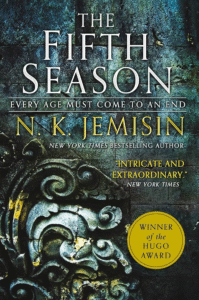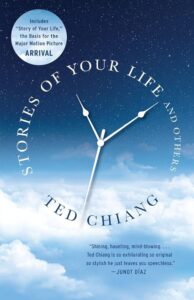A Day in the Labyrinth: Exploring the Modern Odyssey of Joyce’s Ulysses

James Joyce’s Ulysses, published in 1922, stands as a towering achievement of modernist literature. More than just a retelling of Homer’s Odyssey transposed to the streets of Dublin on a single day – June 16, 1904 – it is a profound and often bewildering exploration of consciousness, identity, and the very fabric of human experience in the modern age. Through its innovative stream-of-consciousness technique, its encyclopedic scope, and its audacious linguistic experimentation, Ulysses invites readers into the minds and lives of its characters, revealing the epic within the ordinary and forever altering the landscape of the novel.
The Central Figures and the Homeric Parallel
At its heart, Ulysses chronicles the seemingly mundane activities of three central figures: Leopold Bloom, a Jewish advertising canvasser; Stephen Dedalus, a young intellectual grappling with artistic and spiritual anxieties (familiar from Joyce’s earlier A Portrait of the Artist as a Young Man); and Molly Bloom, Leopold’s wife, a singer whose interior monologue forms the novel’s famous and controversial conclusion. Joyce meticulously details their movements and thoughts throughout the day, from Bloom’s breakfast and Stephen’s teaching at a boys’ school to their eventual, almost accidental, convergence in the evening. The brilliance of Ulysses lies in its intricate parallel structure to Homer’s epic. Each of the novel’s eighteen episodes loosely corresponds to an episode in the Odyssey, with Bloom embodying Odysseus, Stephen Telemachus searching for a spiritual father, and Molly Penelope awaiting her wandering husband. However, Joyce masterfully subverts and transforms these classical archetypes. Bloom’s journey is not one of heroic adventure but of everyday encounters, anxieties, and desires. Stephen’s quest is not for a literal father but for intellectual and artistic liberation. And Molly’s famous soliloquy reveals a complex and sensual woman, far removed from the idealized patience of Penelope.
The Groundbreaking Use of Stream of Consciousness
The novel’s groundbreaking use of stream of consciousness is perhaps its most distinctive feature. Joyce plunges the reader directly into the unfiltered thoughts, sensations, and memories of his characters, mimicking the fluid and often chaotic nature of human consciousness. This technique, characterized by its lack of traditional punctuation and grammatical structures, allows for an unprecedented intimacy with the inner lives of Bloom, Stephen, and Molly. We experience their fleeting impressions, their half-formed ideas, their buried desires, creating a rich and multifaceted portrait of their individual subjectivities.
A Vivid Portrait of Dublin
Beyond its psychological depth, Ulysses is also a vibrant and detailed portrait of Dublin at the turn of the 20th century. Joyce meticulously recreates the city’s streets, pubs, newspapers, and conversations, offering a snapshot of a specific time and place. The novel is infused with local color, slang, and historical references, grounding its modernist experimentation in a tangible reality. Dublin becomes not just a backdrop but an active participant in the lives of its inhabitants, shaping their experiences and identities.
Linguistic Innovation and Stylistic Virtuosity
Furthermore, Ulysses is a linguistic tour de force. Joyce employs a vast array of styles and techniques throughout the novel, mirroring the diverse episodes of the Odyssey. From the catechistic question-and-answer format of “Ithaca” to the theatrical script of “Circe” and the musicality of “Sirens,” Joyce constantly experiments with language, pushing its boundaries and exploring its expressive potential. This stylistic virtuosity, while often challenging, contributes to the novel’s richness and complexity, reflecting the multifaceted nature of human experience.
Conclusion: A Lasting Legacy
In conclusion, Ulysses remains a challenging yet profoundly rewarding reading experience. Its innovative techniques, its intricate structure, and its deep exploration of human consciousness have secured its place as a cornerstone of modernist literature. By taking the epic journey of a single day in the lives of ordinary Dubliners, Joyce elevates the mundane to the mythical, revealing the profound within the everyday and leaving an indelible mark on the art of the novel. The labyrinthine journey through the minds of Bloom, Stephen, and Molly continues to invite and provoke readers, ensuring that Ulysses will be studied and debated for generations to come.




















